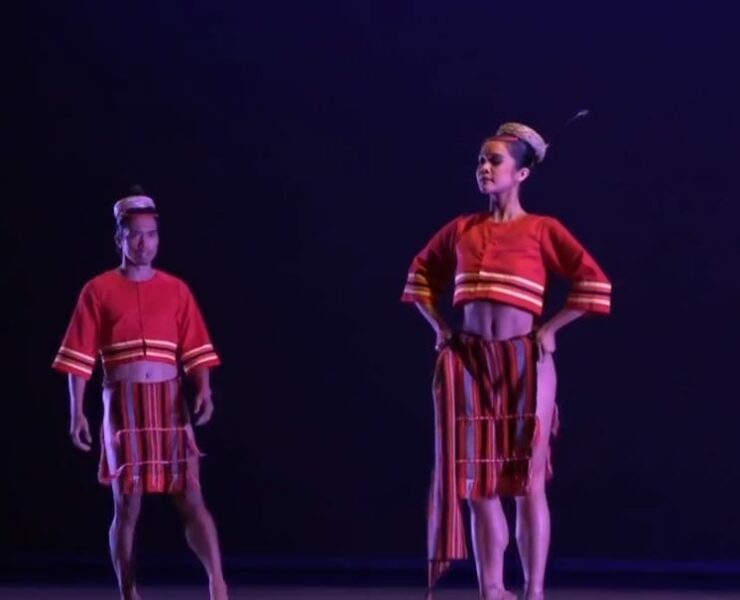In an age where cultural exchange flourishes like a vine sprawling across a trellis, the phenomenon of cultural appropriation emerges as a thorny challenge within the context of East Asian cultures. This complex tapestry is woven with colors and patterns that reflect histories, traditions, and identities that are deeply rooted in a multiplicity of narratives. To grasp the intricacies of this issue, one must first dissect the very essence of cultural appropriation.
Cultural appropriation, often likened to an ornate but fragile porcelain bowl, requires careful handling lest it shatter into pieces. In East Asia, rich traditions like Japanese kimono, Chinese calligraphy, and Korean hanbok become objects of admiration and fascination. However, when the appreciation crosses the line into appropriation, it morphs into a form of exploitation, often devoid of context. This conversion can be likened to a chef who takes a family recipe and serves it without understanding the love, history, and essence that went into creating it.
At the crux of this issue lies the differentiation between cultural appreciation and cultural appropriation. Appreciation is akin to a respectful guest invited to partake in a meal, savoring the flavors while valuing the culinary journey of the host. Appropriation, conversely, resembles a thief who enters uninvited, leaves with precious commodities, and distorts their significance. Such a dynamic often silences the very voices that have nurtured the culture for generations.
Thus, it becomes paramount to understand the historical context surrounding East Asian traditions. For centuries, these cultures have borne the weight of geopolitical tension, colonial histories, and cultural imperialism. Items like traditional attire and art forms are not merely aesthetic choices; they are vessels of identity, memory, and resistance. For instance, the colorful threads of the Chinese qipao resonate with tales of femininity and empowerment, intricately intertwined with China’s evolving identity over the decades.
The significance of the kimono in Japan transcends mere fabric. It is a manifestation of aesthetics, craftsmanship, and cultural rituals. The fabric narrates stories of seasons, celebrations, and personal milestones. When individuals outside of this cultural sphere don the kimono without understanding its significance, it can be perceived as a commodification, stripping away layers of meaning and context.
Moreover, the appropriation of East Asian cultural symbols often intersects with broader themes of racial stereotyping and exoticism. The ‘dragon lady’ archetype, for instance, typifies how Western culture has historically distorted and exoticized Asian femininity. Such caricatures not only misrepresent the cultures they derive from but perpetuate stereotypes that can be harmful and reductive. Engaging with these cultures requires a conscientious approach, fostering dialogue rather than perpetuating monologues.
Furthermore, the digital age has exacerbated these tensions, as social media platforms serve as both a canvas for cultural expression and a battleground for appropriation disputes. Trends can explode overnight, often vacillating between homage and exploitation. The viral nature of such movements poses a dilemma; they may inadvertently commodify cultural elements while lacking a foundational understanding of their implications.
Consider the rise of K-pop, a genre that has taken the global stage by storm. While it represents a vibrant focal point of cultural exchange, it has also triggered debates about appropriation—certain styles, dances, and trends adopted by non-Asian performers can blur these lines. Yet, this vibrant spectacle also opens avenues for appreciation and learning, creating spaces for intercultural dialogue. The question then becomes, how can one navigate this intricate path with integrity?
Educational initiatives play a crucial role in addressing these issues. By fostering awareness and knowledge about the cultural narratives entwined within East Asian traditions, individuals can cultivate a respectful engagement with these cultures. Workshops, collaborations with cultural bearers, and resources dedicated to understanding the implications of cultural representation are imperative. These efforts can pave the way for a nuanced dialogue that transcends the superficial.
Moreover, the lens through which one engages with another culture is essential. Developing cultural empathy involves stepping back and examining one’s positionality within the broader sociocultural ecosystem. It requires acknowledging historical inequalities and recognizing the power dynamics at play in cultural exchanges. Every item, whether it be a garment, an artwork, or a ritual, carries with it a historical weight that necessitates respect and understanding.
Cultural appropriation is an intricate and multifaceted issue, particularly poignant within the realm of East Asian cultures. As various cultures intermingle and influence one another, recognizing the difference between genuine admiration and appropriation becomes increasingly crucial. Just as a well-crafted mosaic relies upon each individual tile holding its place and significance, a respectful cultural exchange must honor the stories and meanings embedded within each tradition. Only then can a truly enriching dialogue unfold, fostering mutual respect and understanding in the shared human experience.
In conclusion, the mounting conversations surrounding East Asian cultural appropriation compel society to evaluate how cultural elements are interconnected, and how they must be approached with cognizance and respect. Therein lies both the challenge and the opportunity—a chance to weave a rich narrative that honors the past, celebrates the present, and inspires a future where cultural exchanges flourish as a collective appreciation rather than a mere appropriation.
